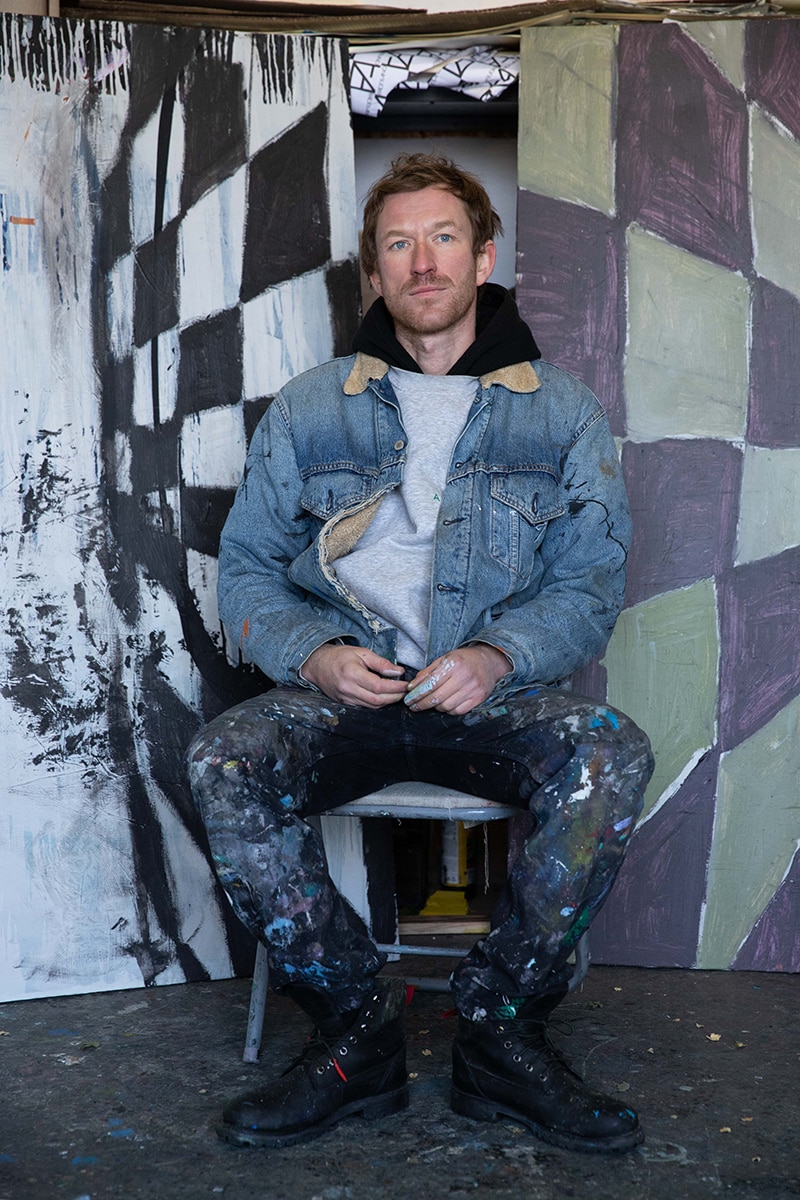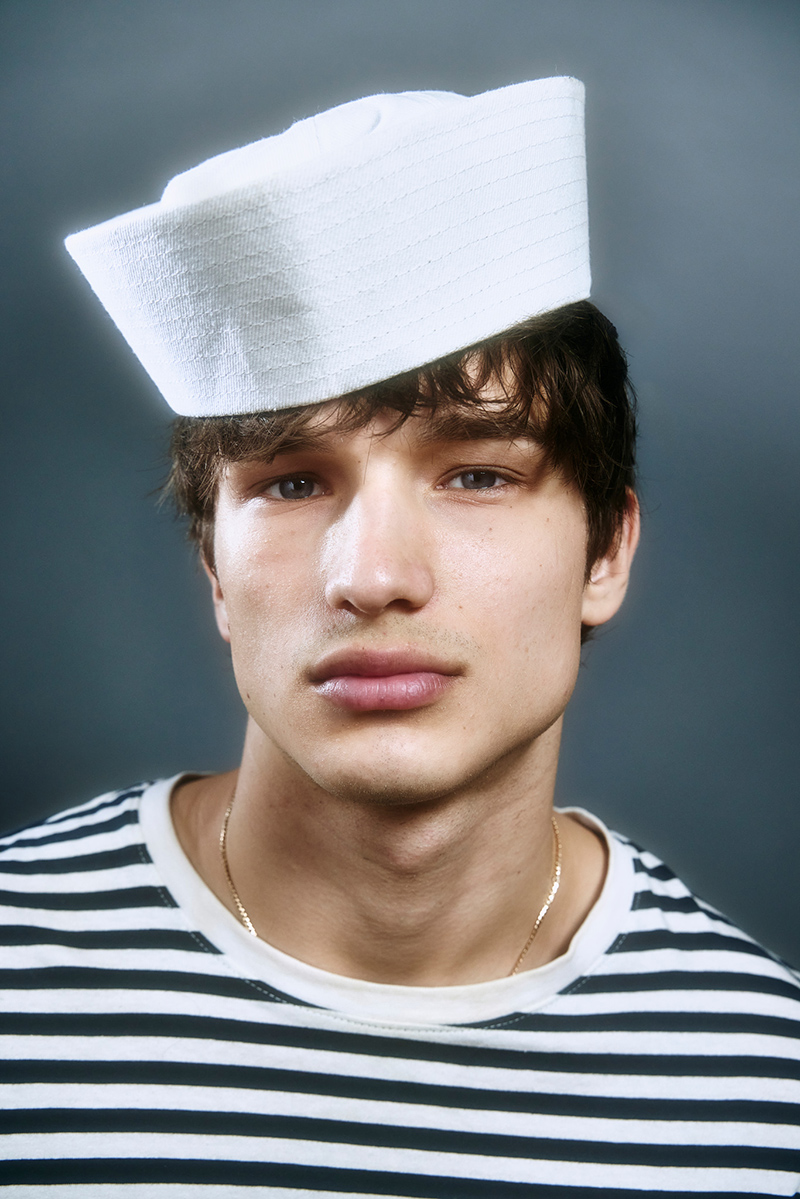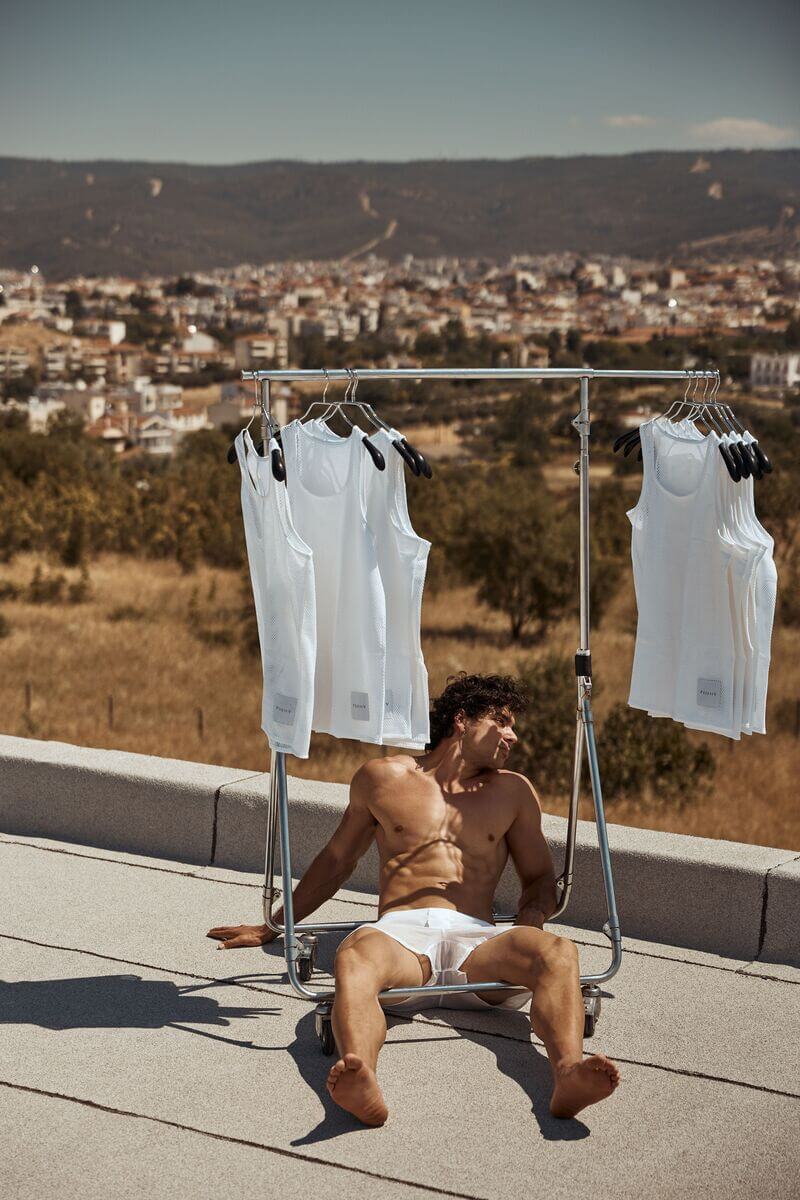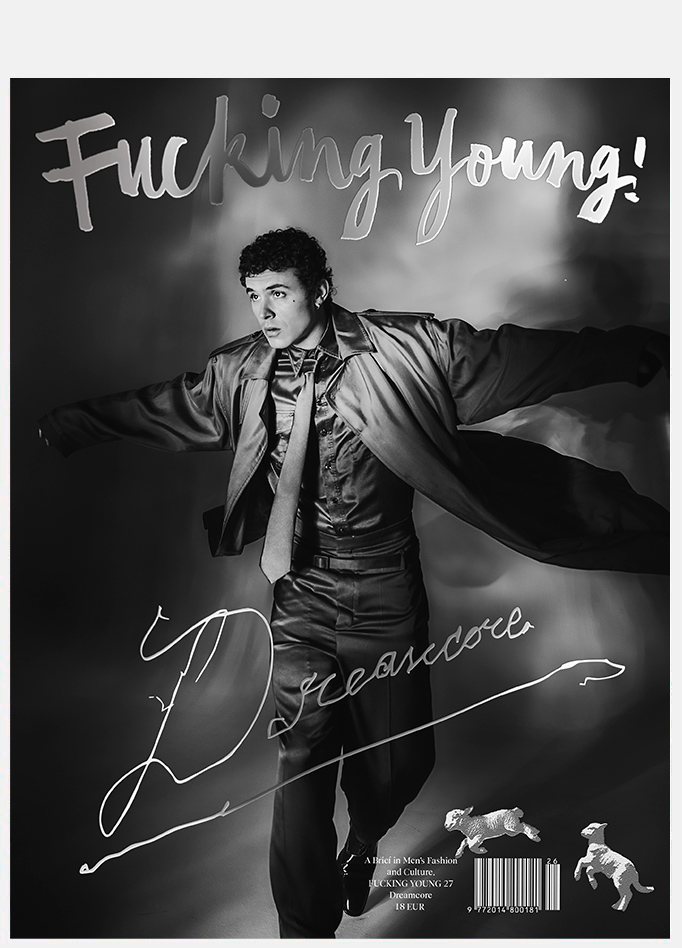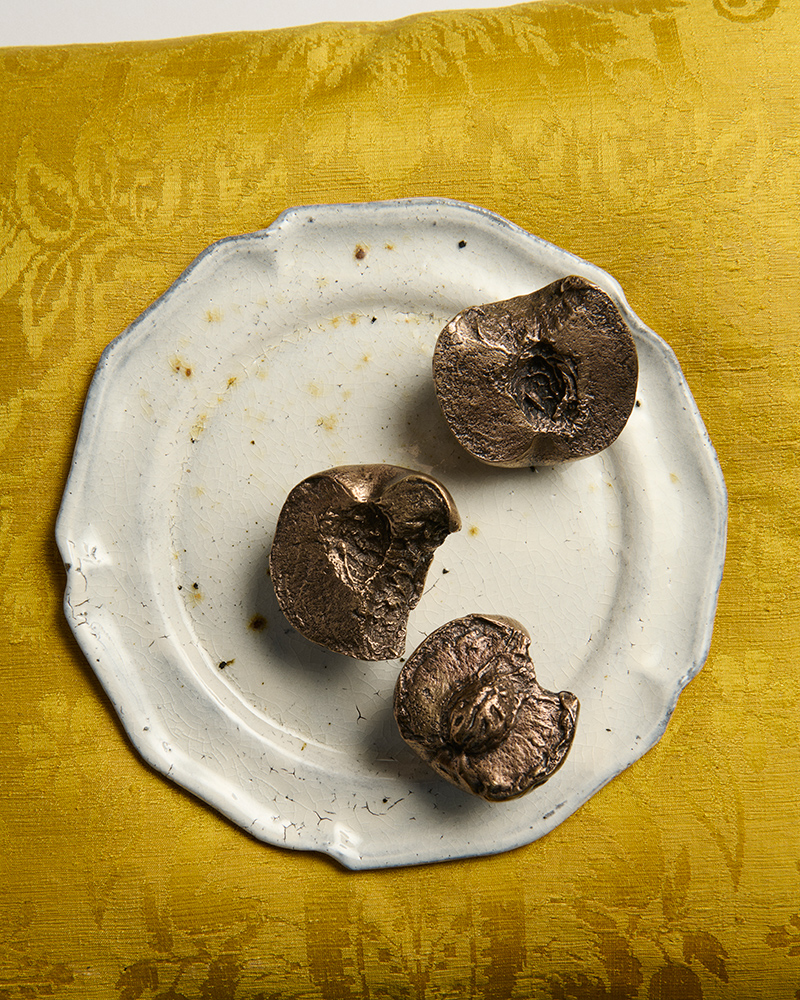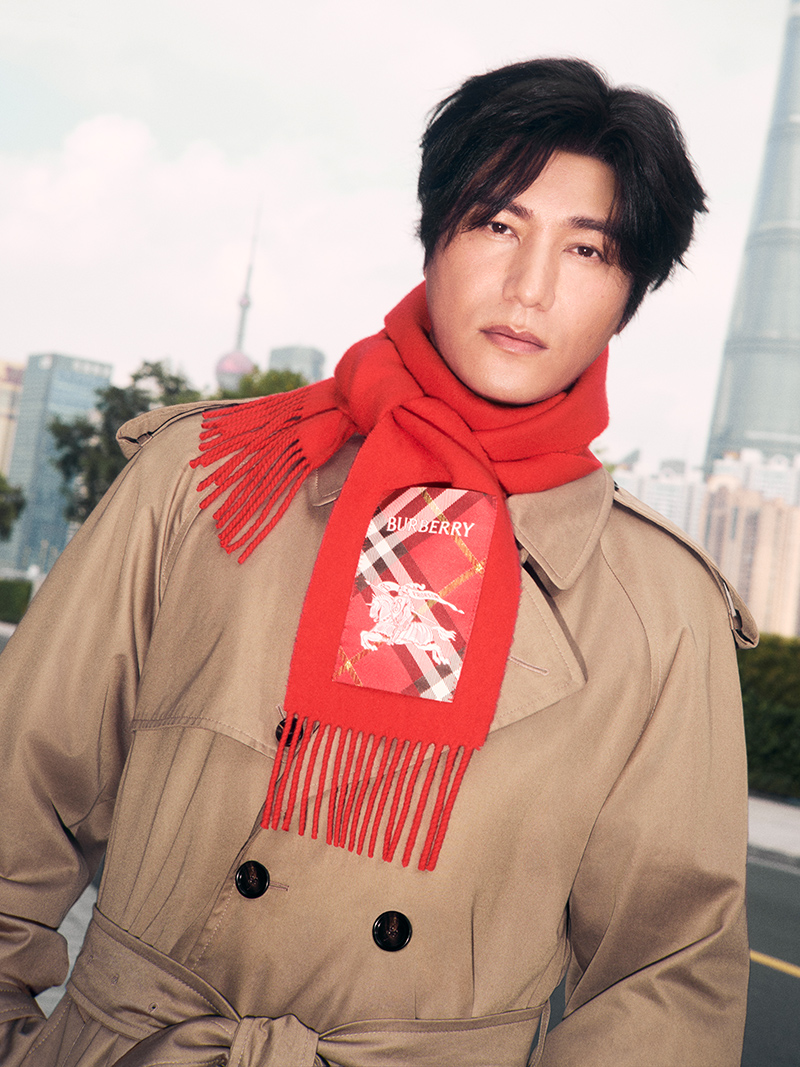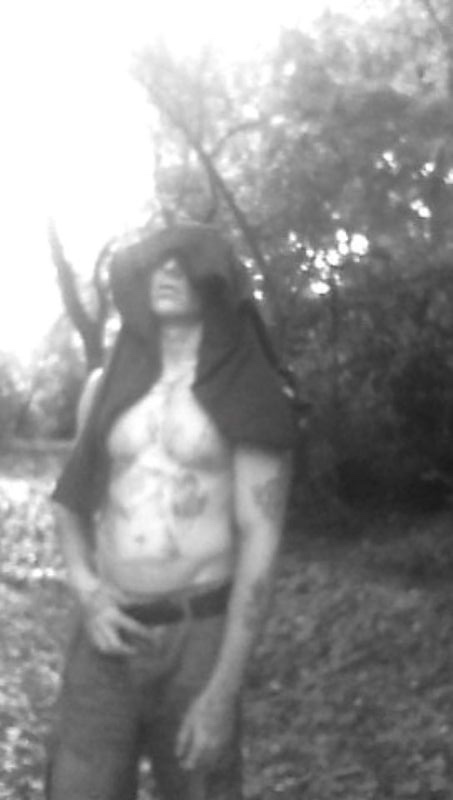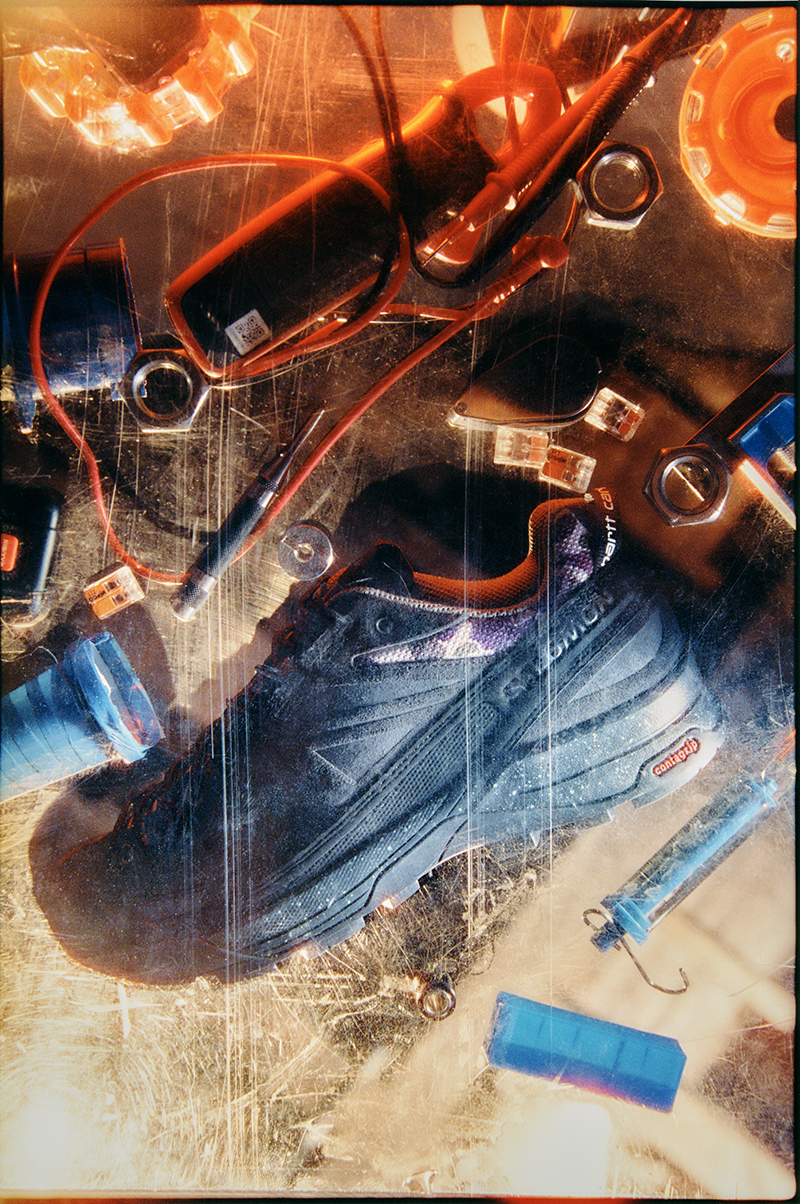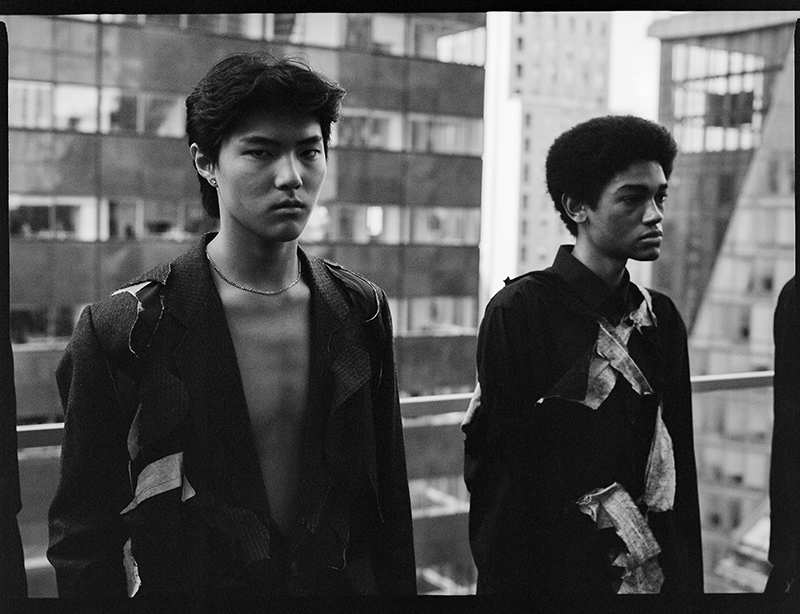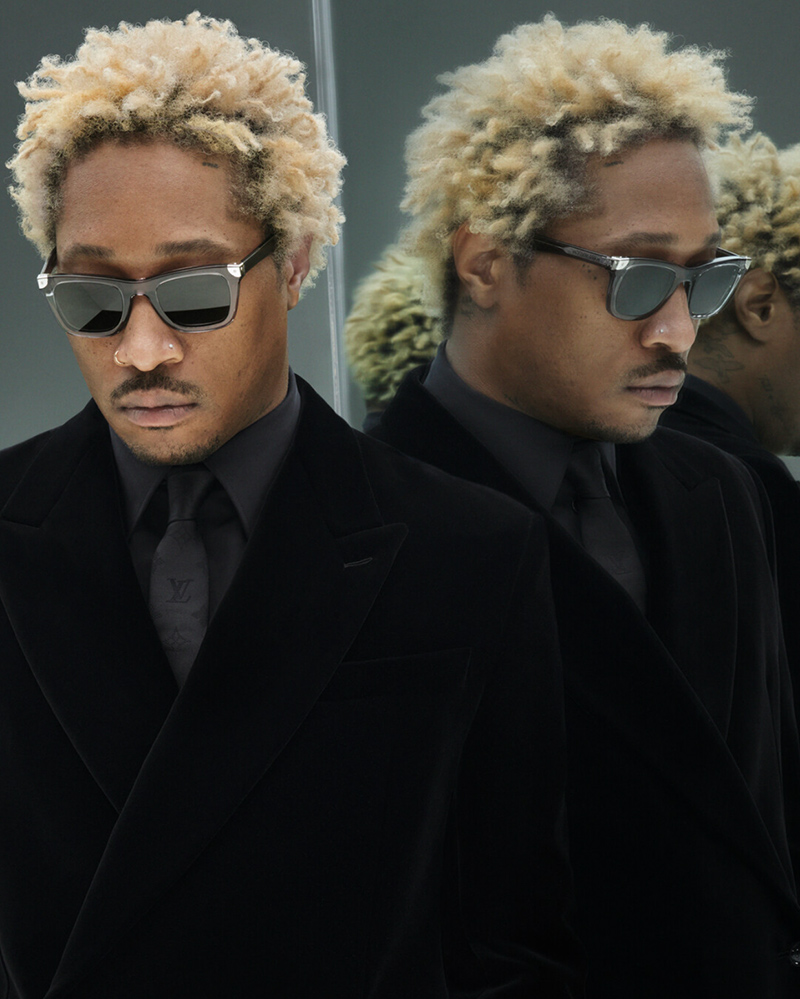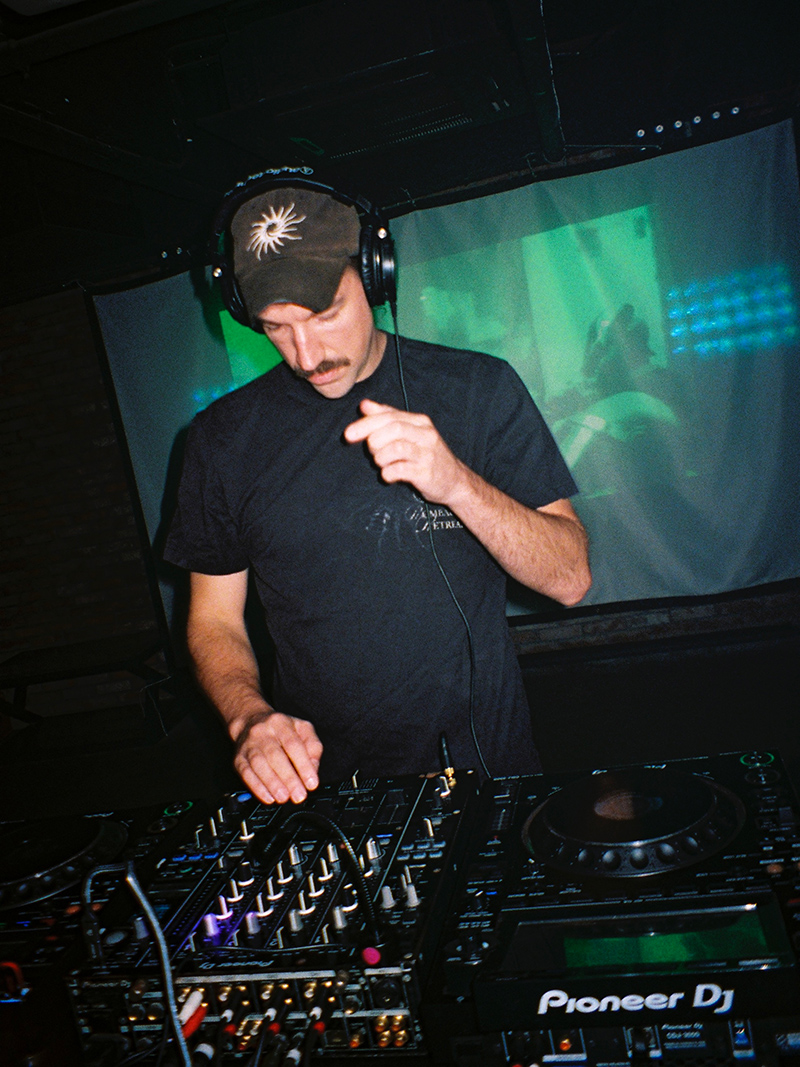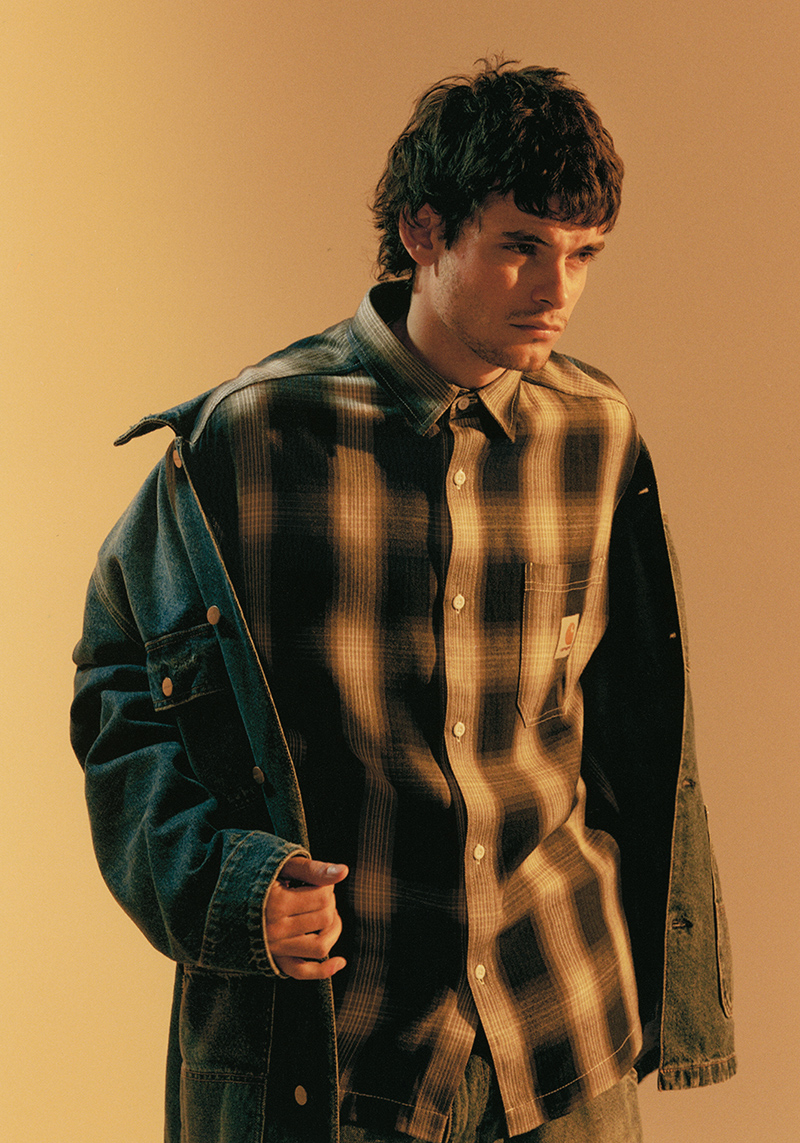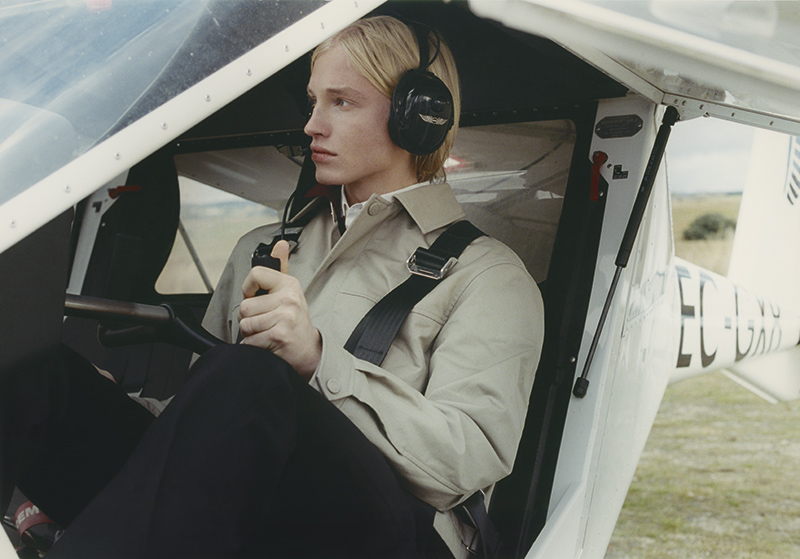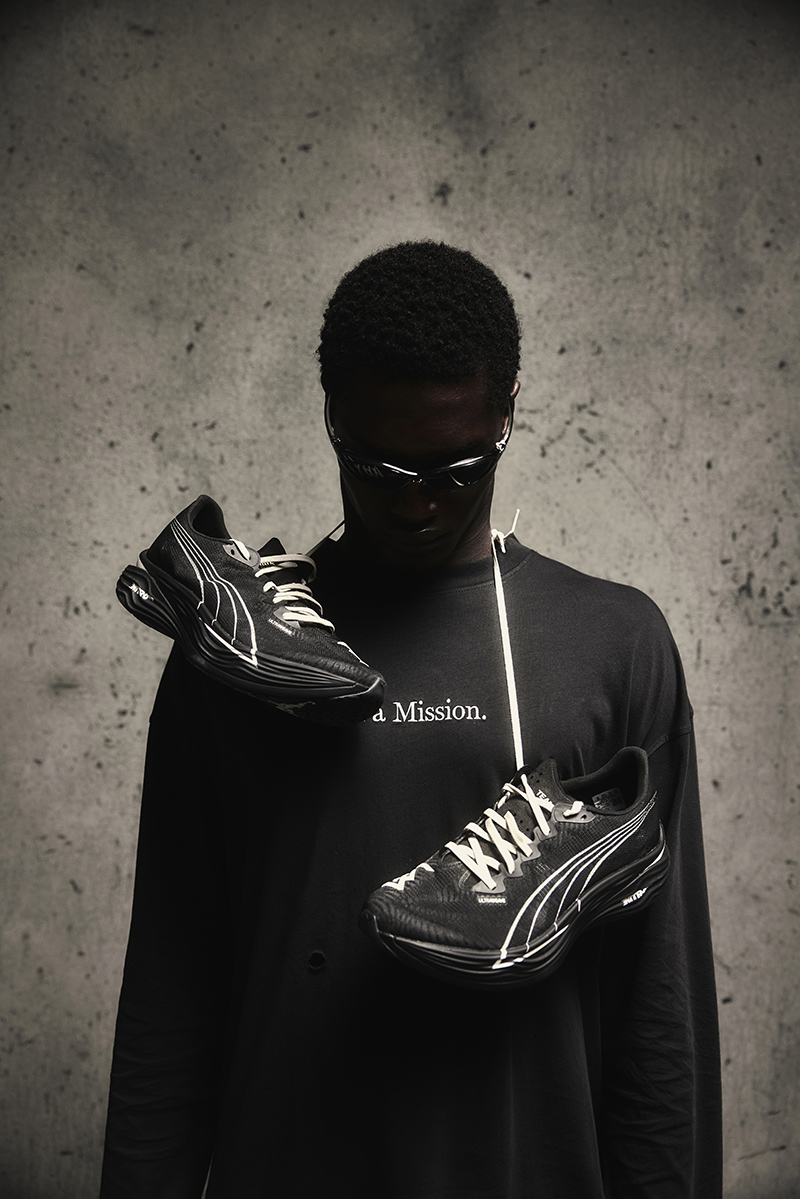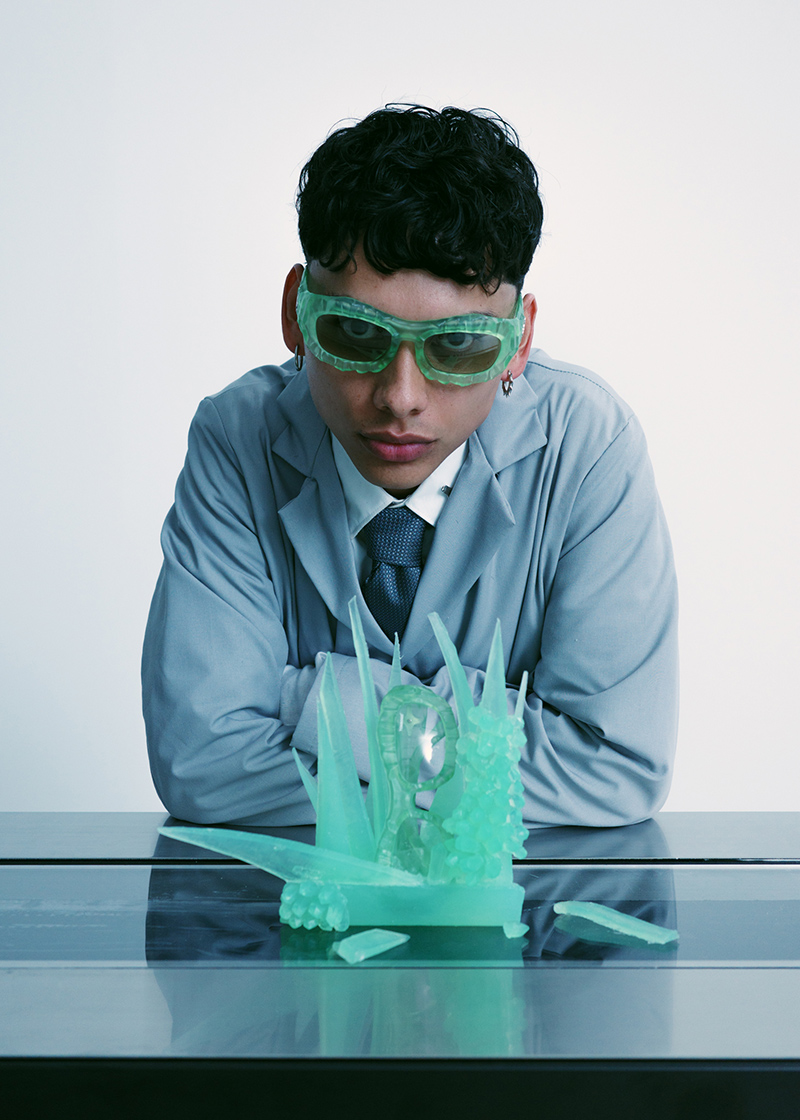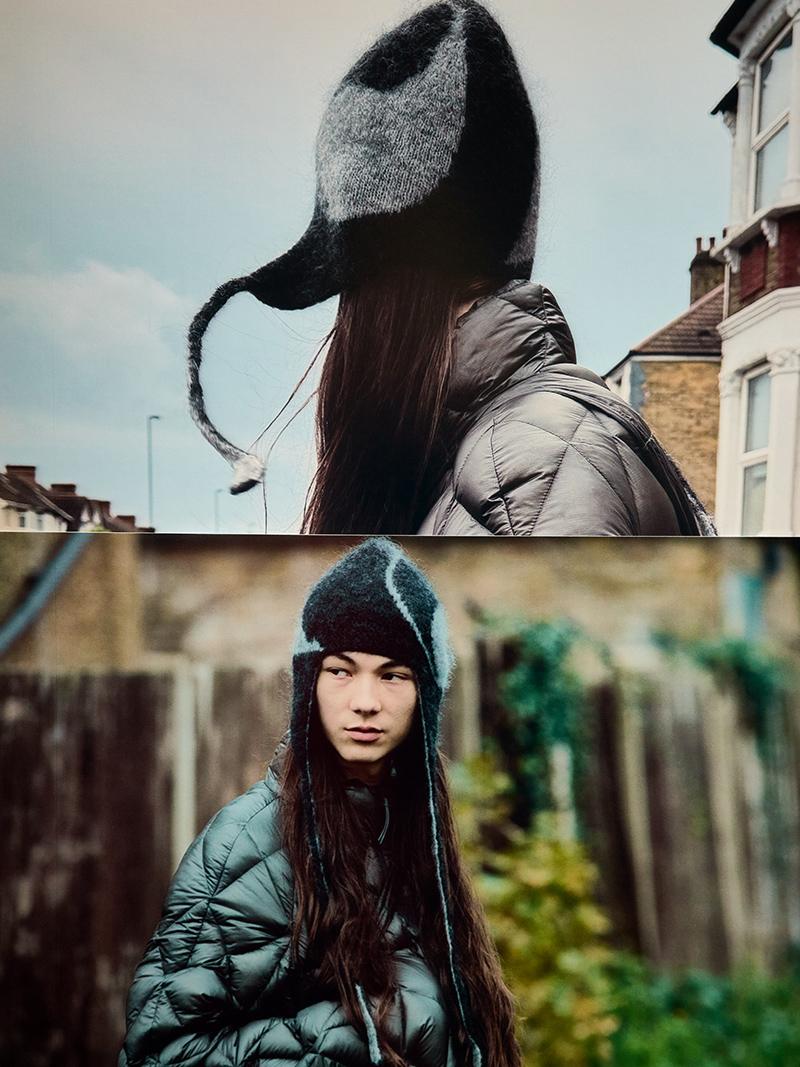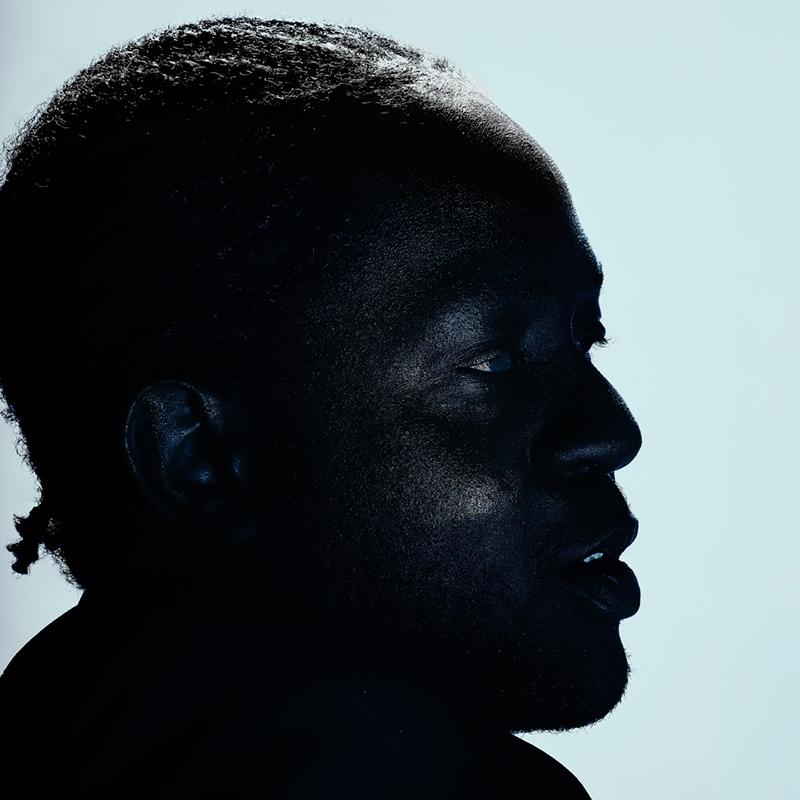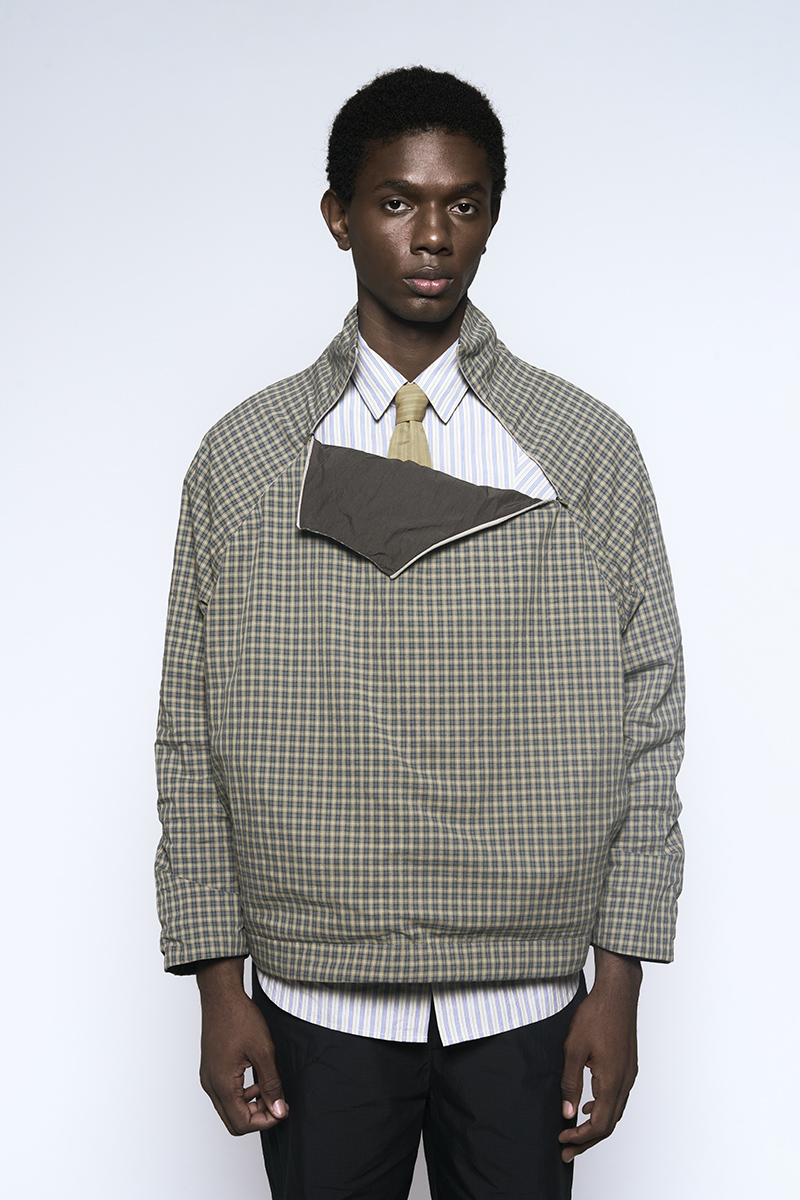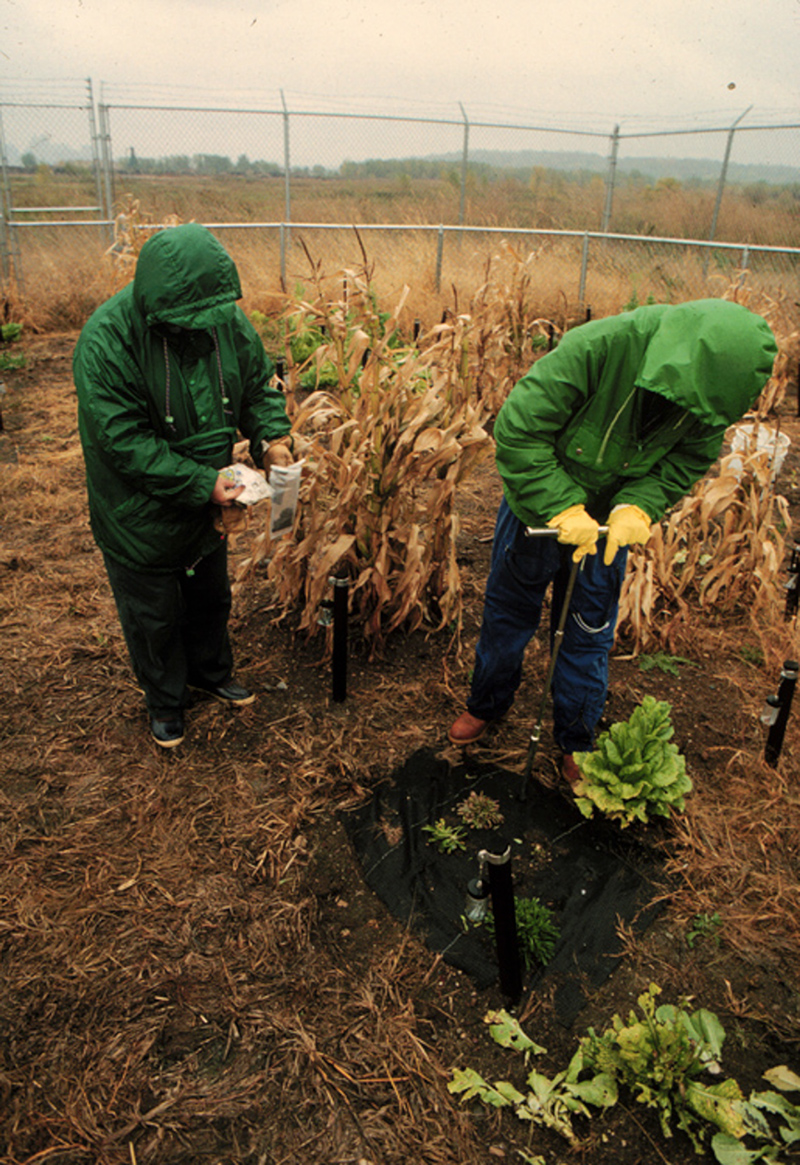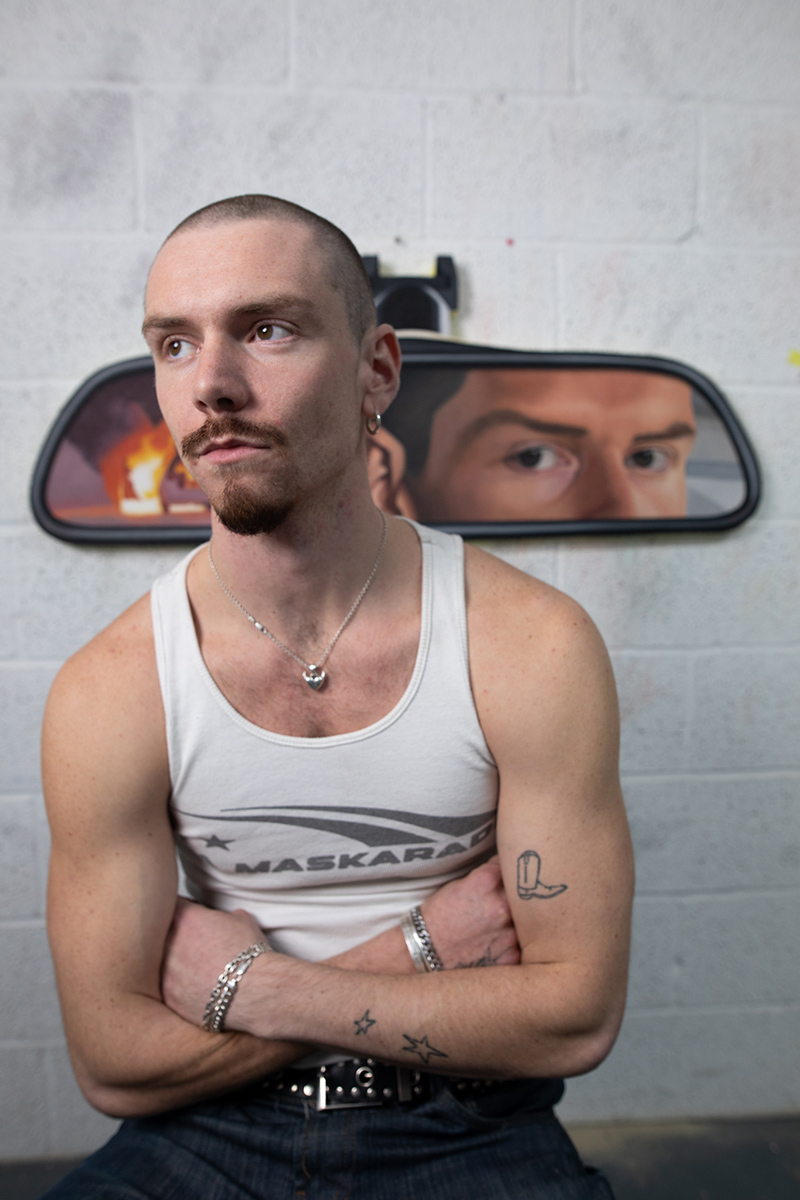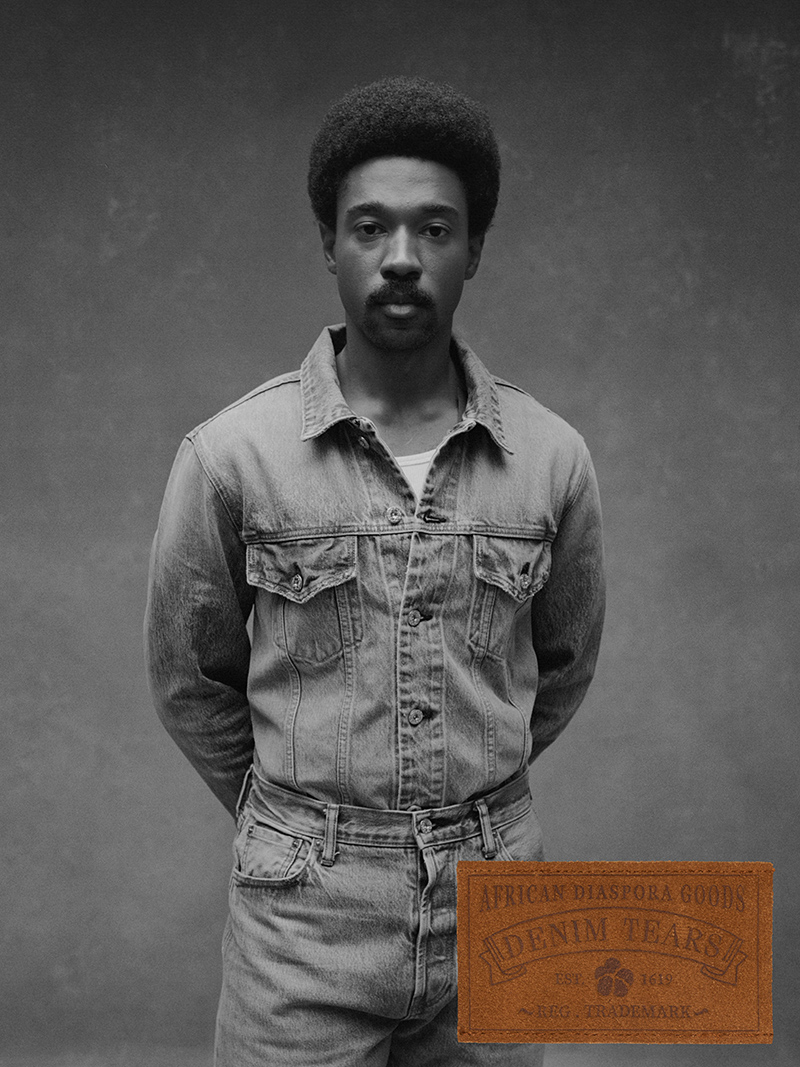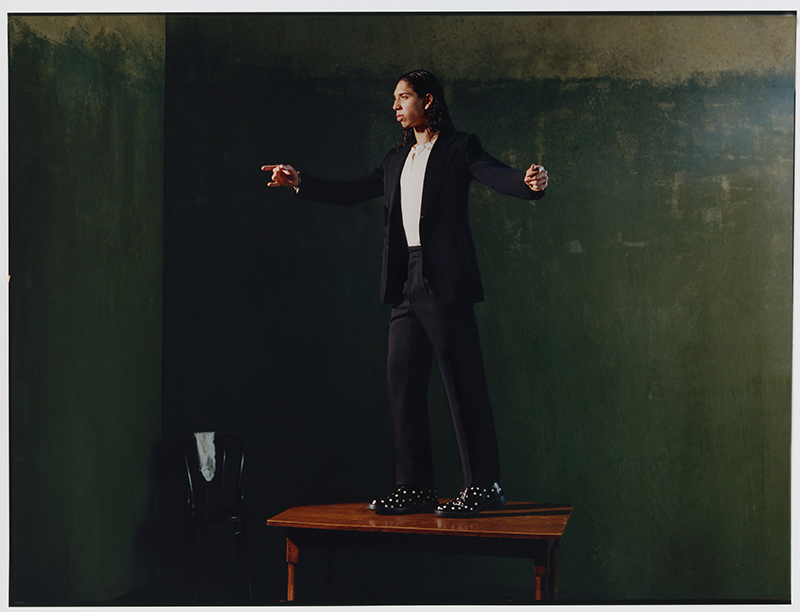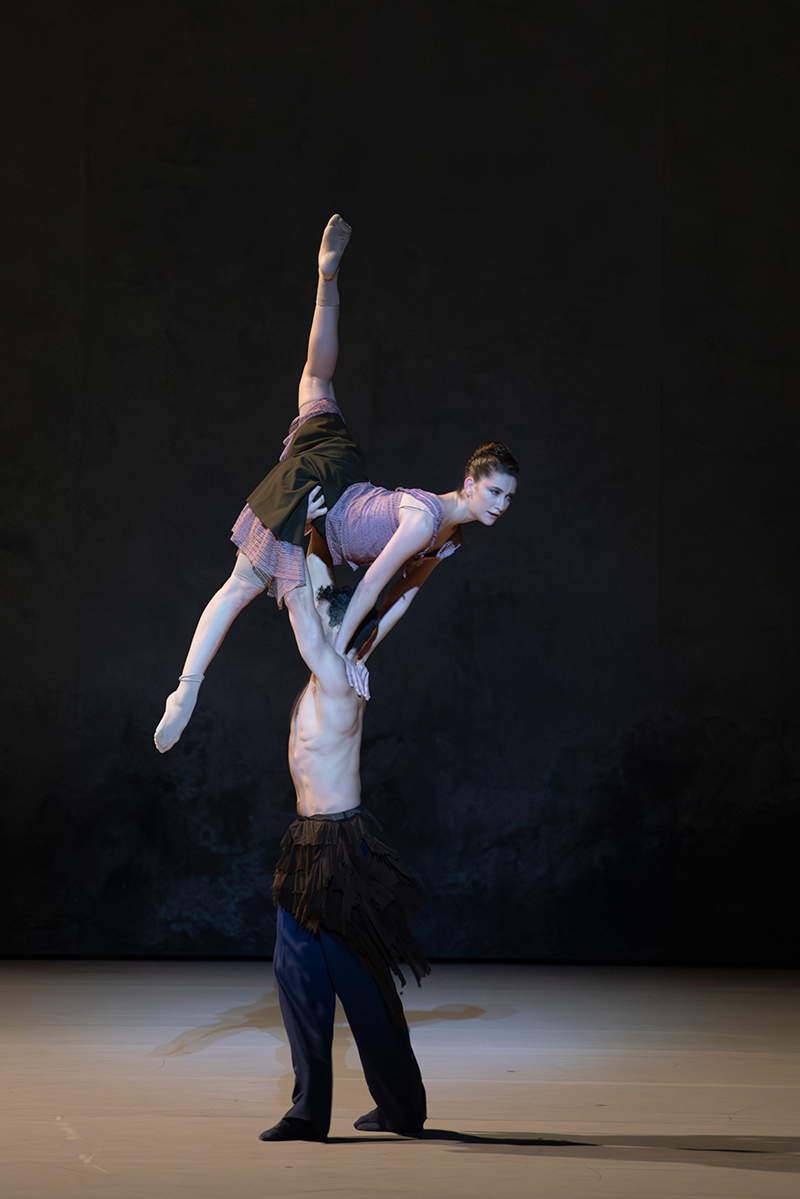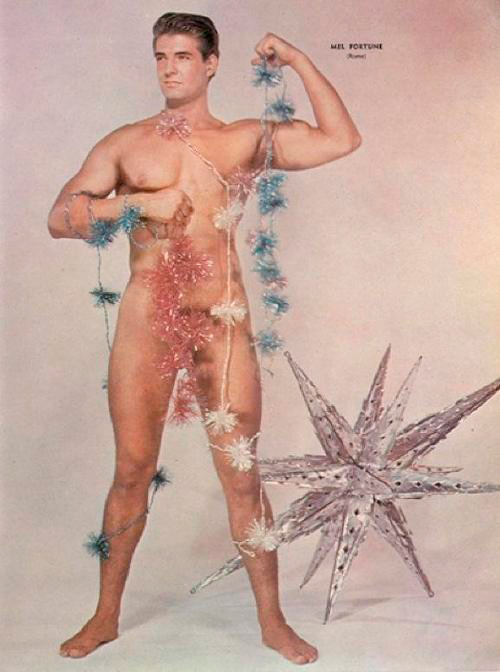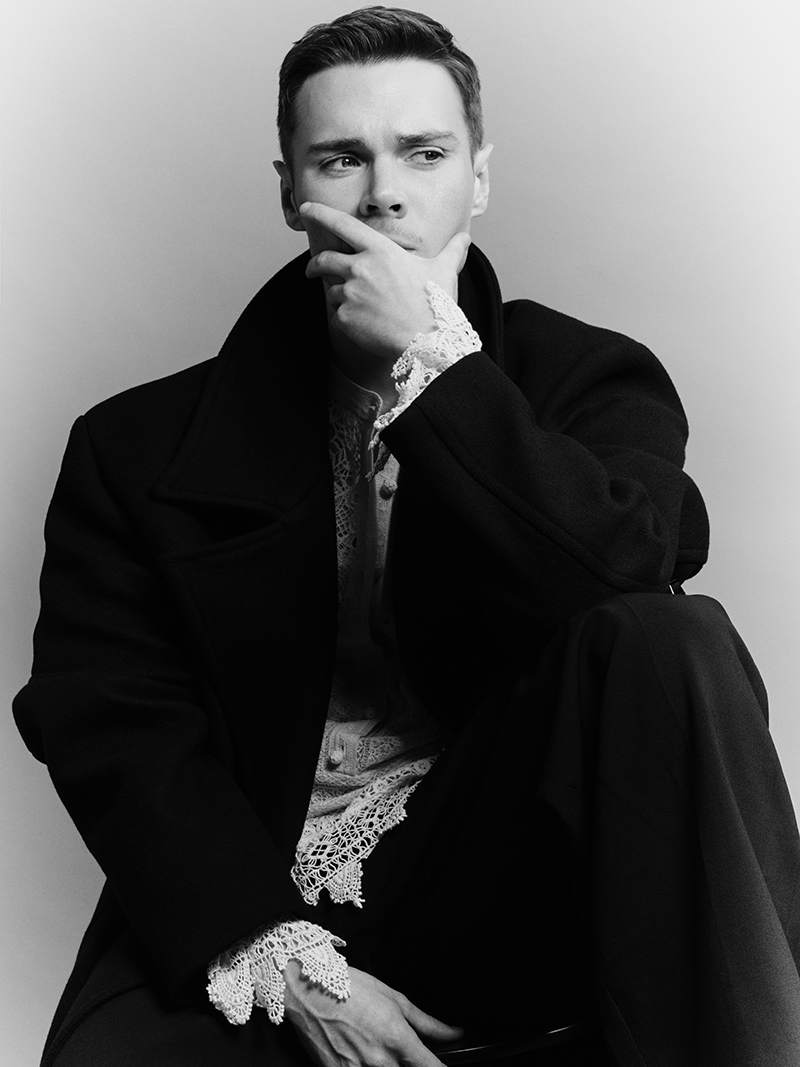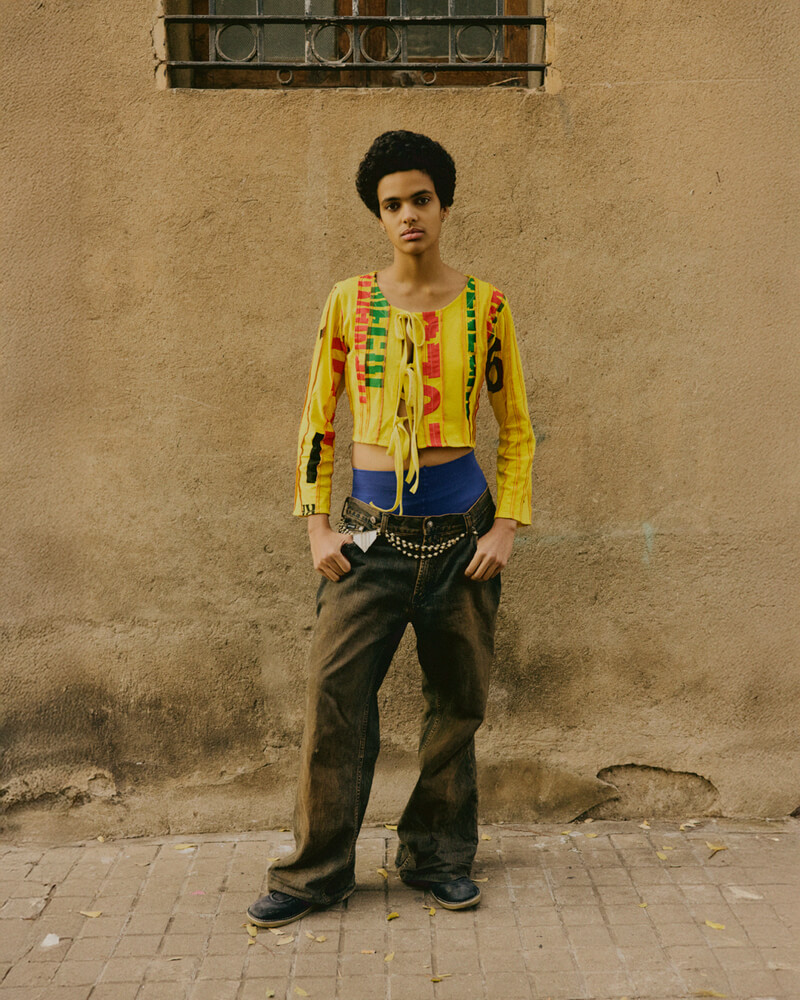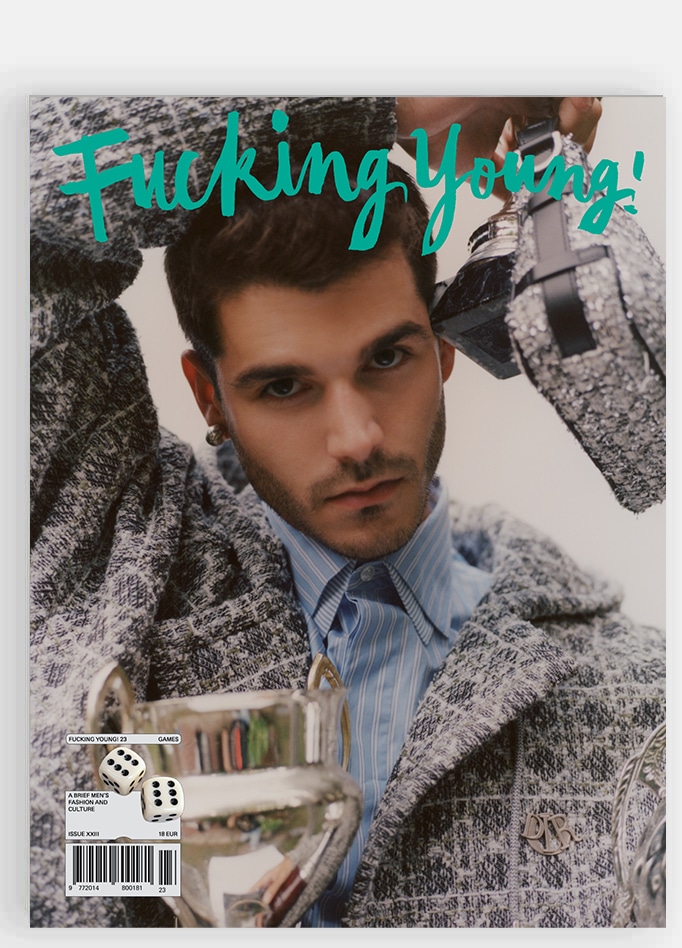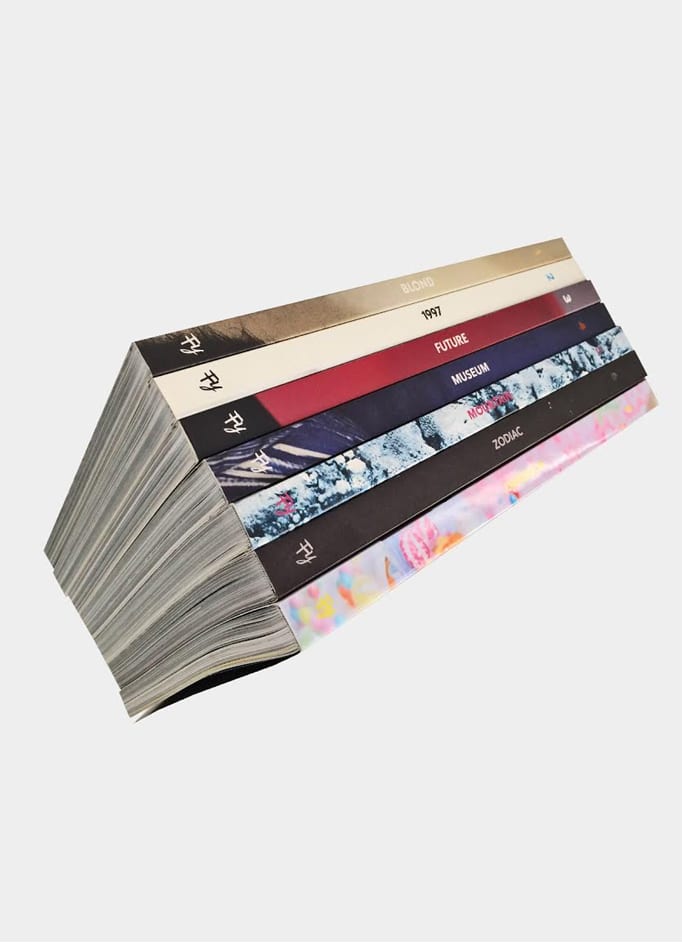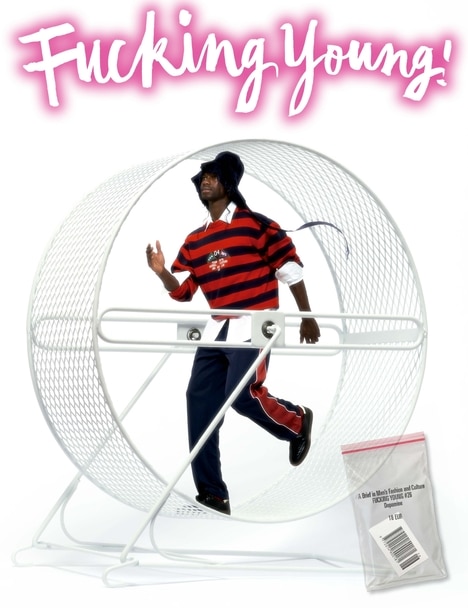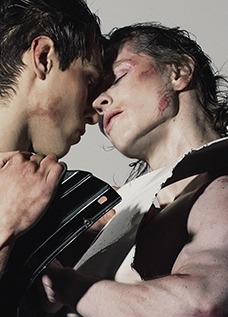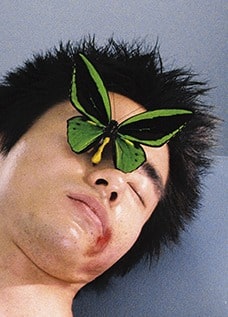Roman Mykhailov’s journey as an artist began with the sky. Born in Chuhuiv, a small town in Ukraine’s Kharkiv region, his earliest memories are of wind, open fields, and the vastness above— an intuitive draw to space, color, and form that would later define his work. Now based in Kyiv, Mykhailov has navigated a path between academic tradition and personal rebellion, creating art that resists easy categorization. His installations and paintings have earned recognition, from a Saatchi Gallery prize in 2015 to nominations for the Pinchuk Art Prize, but much of his work remains unseen, a quiet accumulation of experiments and unrealized projects.
In this interview, Mykhailov reflects on his creative evolution: the childhood defiance that led him to art school, the early abstract seascapes that marked his first steps toward artistic independence, and the ongoing tension between craft and self-expression. He speaks candidly about the war’s shadow over his work, how it dominated his themes after 2014, then receded post-2022, leaving a need to “project life” rather than trauma. For Mykhailov, art is both a refuge and a confrontation: with history, with fear, and with the unresolved question of how an artist’s voice finds its audience.
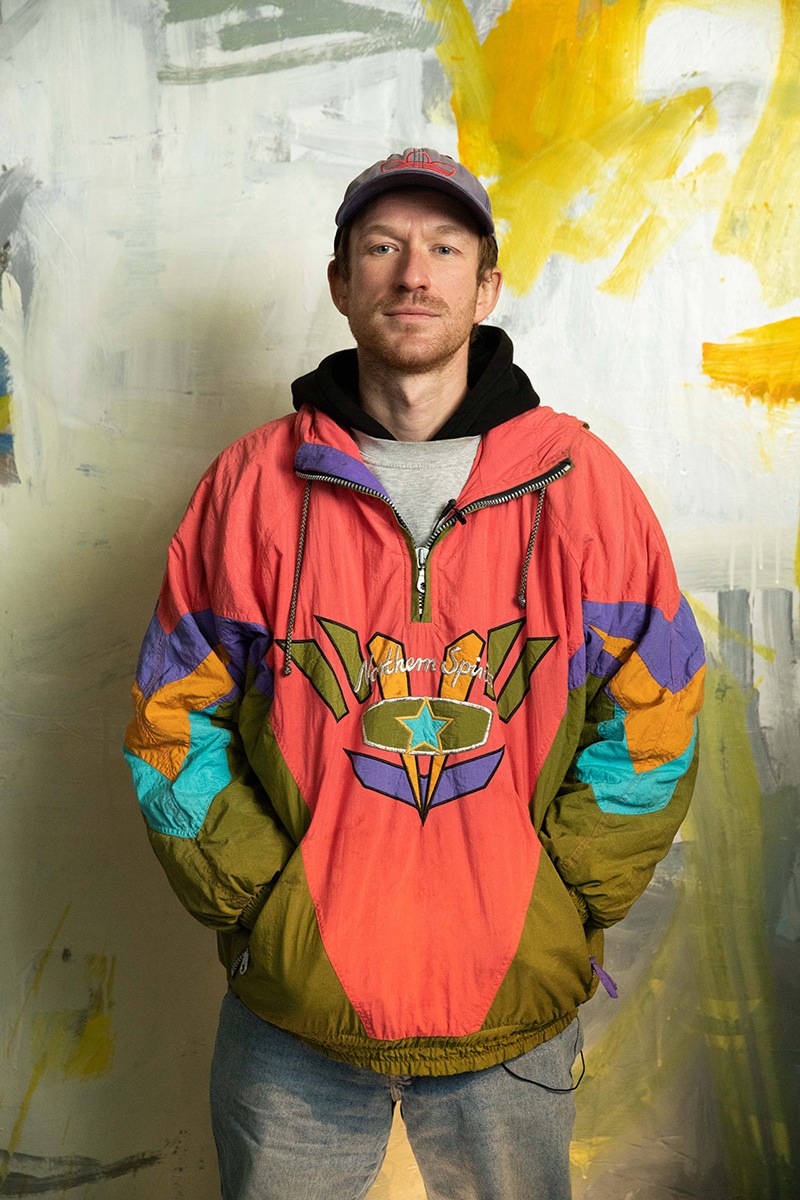
Sofia Tchkonia: What is your first childhood memory?
Roman Mykhailov: Probably the sky, the air… I lived in a village: some marine landscapes, the sky, the wind, and something connected with nature.
At what age did you realize you wanted to become an artist?
I have been drawing since childhood; my dad is an artist. I don’t remember this, but he says he gave me a brush when I was 2 years old. However, my parents weren’t very keen on me becoming an artist. I remember asking them to enroll me in an art school. I was 12 years old. They didn’t want to, saying I should draw at home; why did I need that school? I really wanted to because I understood that I needed some socialization, I wanted to go to art school, to be among those people, and even then, I understood that I wanted to become an artist. When I got into art school, I was younger; the other children were older. It happened that I then entered an art college, and later an art institute—probably one of the group. I clearly remember the moment I came to the art college; I enrolled there without exams in the 8th grade. I just went there to practice; they accepted a few people without exams: we brought our work, and then we also made still lives. They announced the winners, and they called my name. I approached the director and said: I won here, but I’m in the 8th grade. He said: That’s fine, finish school, 9th grade, and come back. I studied in the 9th grade, knowing that I was already a student of the art college. Upon entering the art college, I felt as if I were in my environment. If we talk about school, I don’t have very good memories, and I generally didn’t like school very much. But when I entered the college, I saw those people with whom I would like to spend my whole life.
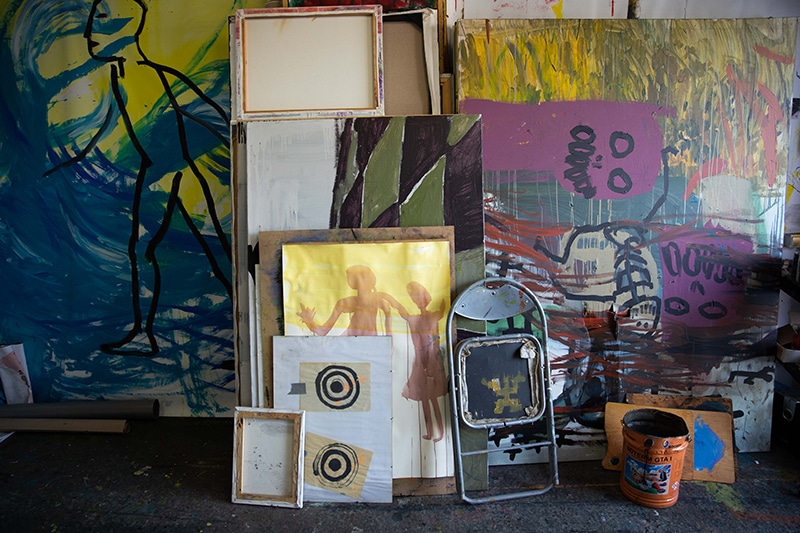
Do you remember your first serious work, the first painting you created?
The first painting where I felt myself, that is, the path of an artist begins with childhood drawings, then you choose the path of studying: art school, college, institute – one way or another, you always encounter academic education – you are taught, you work in some studio, you perform certain tasks, teachers require skills from you, and you acquire craftsmanship. At some point, I began to protest against craftsmanship because: where am I? who am I? and where is my path in art? This protest began somewhere in the 2nd year of the art institute, and I started experimenting, began making different works, searching for myself. I remember that I had a series; it was a series of seas, where I depicted two stripes: the surface of the water and the surface of the sky. It was an abstract piece where I was interested in the combination of these two colors. Art is built on relationships between spots and colors. By simplifying it to such minimalism, I found great meaning for myself, where I didn’t paint, didn’t depict any reality, didn’t follow any assignment; I constructed the relationship between two colors, and then I understood that this was my first painting.
Do you have an artist or artists in the world whom you looked up to or still look up to?
Since childhood, I had art albums from art museums at home; I would look through them, and I had some favorite paintings and artists. I liked Rembrandt, the Renaissance period, but then everything changed. Throughout my creative journey, the artists I like and whose works I admire constantly change. Looking back at what I liked a few years ago, I now relate to it quite unemotionally. Right now, I can’t name one person; there isn’t such a figure for me; rather, it’s a process, the people who are in the process of creation, who go against everything, against certain canons and assertions.
Have you visited world museums to see the originals of great artists?
I thought about the fact that for men, leaving the country has been banned for the second year now, and I asked myself: what do I miss the most because I can’t travel abroad freely? And I answered myself—art, museums, the encounter with major exhibitions, seeing the works of classics, and just being in the exhibition space. That’s the only thing I miss. If I could go abroad, the first thing I would do is visit a museum. But I remember when I lived in Paris for a month and a half, and we were installing a large project, an exhibition; I would pass through the Louvre every day on my way to the installation, a thirty-minute walk, twice a day. And during all those one and a half months, I never went into the Louvre; I was afraid that I would change too much, and I kept putting it off and never made it there. I don’t regret it; probably, I still have it ahead of me, and it will be a truly interesting experience. I have been to many European museums, and it always leaves a strong impression, especially when I am saturated with contemporary art and modern exhibitions; going to a classical museum and seeing, for example, Egyptian artifacts—it’s very cool; it inspires me a lot.
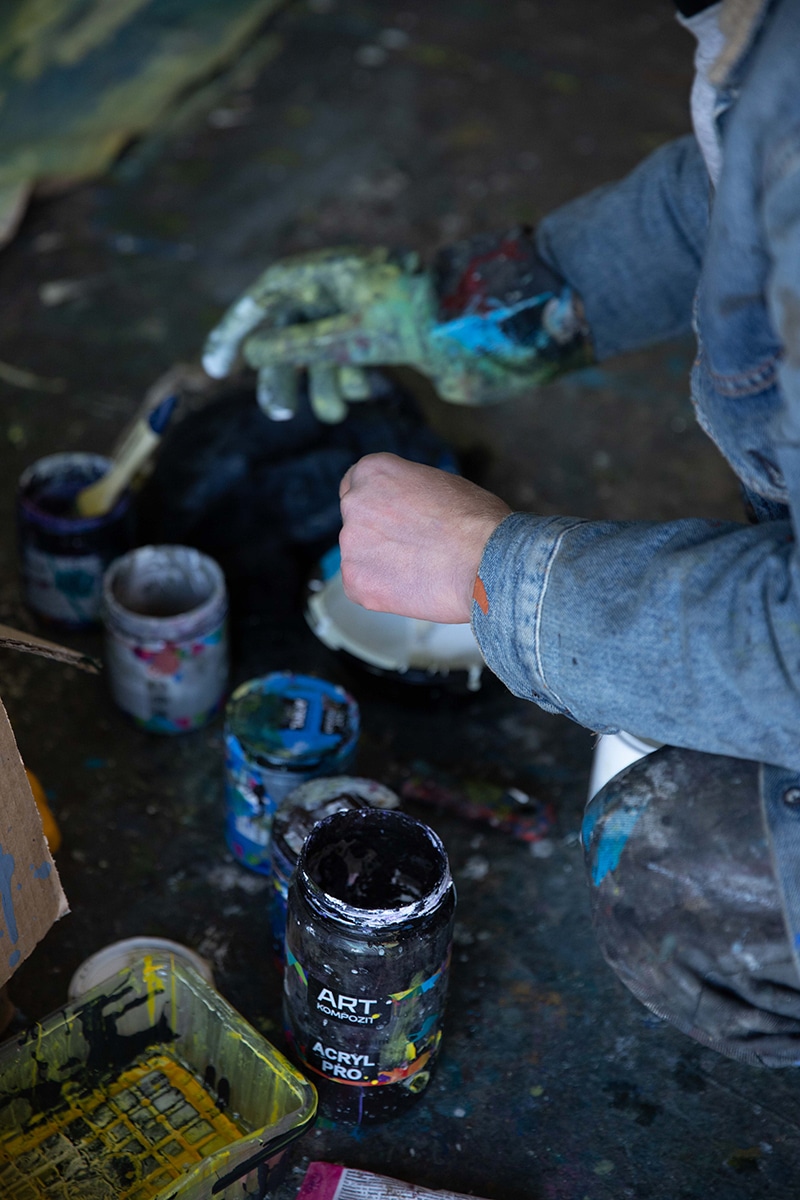
How do you perceive yourself? Do you consider yourself an undervalued artist?
Looking at myself in the context of world art, I understand that I am on a path where I have not yet revealed myself. My resources and potential have not been fully realized. I have many ideas, sketches, and projects that remain unrealized. Modern art has always required resources and support to be born. When we see European, American, and Chinese artists, we see what resources they work with and what they do, which evokes sympathy for our artists since they don’t have such opportunities to express themselves. Right now, in Ukraine, it is generally difficult with art and exhibitions. Regarding myself, I have a feeling of being undervalued because, despite all my exhibitions and creative journey, many of my ideas and works have not been realized, have not been shown to the public, have not been exhibited, and have not been presented. I have something to say and show, but for now, on a broad scale, the public does not know who Roman Mikhailov is.
Who is to blame for this?
I am. One way or another, there is an artist’s presentation, the way he works. I have never thought about it, never considered my presentation, my path. For me, it has always been important …just create. Even this workshop that I have now is very small, but I don’t know all the work that is here. It’s like a laboratory; I come here, I have two hours, especially in winter when it’s very cold. I have a wall; I pull out a 2×3 m canvas and create a work: I experiment or already know what I will do. Then I roll it up, set it aside, and move on to a new canvas. At this stage, I wasn’t interested in presenting myself; I was interested in finding myself, searching, experimenting, discovering who I really am—that’s my resource. As for presenting myself… of course, when no one sees the paintings, it seems: why make them? But it’s still important to me; I can’t do it any other way. Now I understand that they need to be shown, that there needs to be a conversation about them—that’s the next step.
Do you remember your first painting that you sold?
R: I remember the first painting I sold in Chuhuiv at a fair. I exhibited some sketches. A woman approached me, gave me 50 UAH, and took the painting. I think I was around 14 years old at that time.
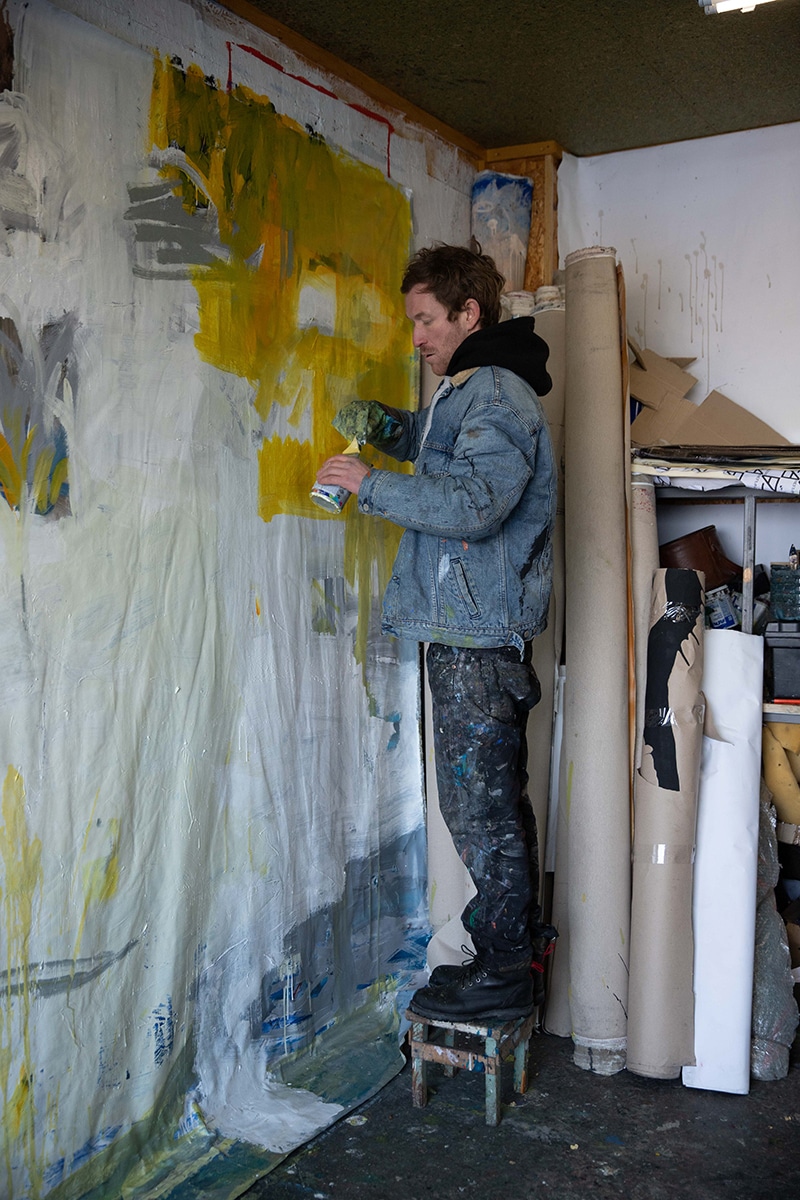
What does money mean to you: a means of existence, to continue what you do? What is your attitude toward money?
For me, money is a resource that I can use to support myself and then a resource that I can use to support others. Money is a resource that allows for creation, to satisfy the ideological needs that don’t distract you from the creative process, so you can create without worrying about problems—just create.
What about the war?
The war in Ukraine started in 2014 when I lived in Kharkiv; it was nearby: Belgorod is 60 km away, Donetsk is close. At that time, there were severe fluctuations in Kharkiv; everything was unclear. I felt very strongly that the war was close. Since 2014, I have worked a lot on the theme of war. All my creativity has been related to the theme of war. Now, after the full-scale invasion, I work a little with the theme of war; I almost don’t work with the theme of war. Last year, I did almost nothing; it all seemed unnecessary to me. Perhaps I said everything after 2014; at that time, I was talking about trauma, destruction; now I would like to give hope, to project life in my works. In 2018-2019, I decided not to work on the theme of war; I had pacifist sentiments, but of course, after February 24, all those pacifist sentiments were blown away. I want to find life in art so that after viewing the paintings, people feel inspired. Right now, there are many exhibitions of Ukrainian artists around the world; they are very tragic, focused on tragedy. And all this is for those who are not in Ukraine: to show our suffering, our pain, what is happening in Ukraine—all these works, installations, sculptures are aimed at the viewer who does not live in Ukraine. And now I would like to create paintings for those who live in Ukraine. I want to convey to them what they see in the news, the suffering that everyone is experiencing; I wouldn’t want that. On the contrary, I would like to give hope, at least for a moment, to distract them from the reality of today.
What kind of country would you like to see Ukraine as after the war? In which country would you like to live?
Everyone is discussing what will happen after the war, whether the victory will come all at once or stretch over time. Either way, our society will undergo a significant transformation. The changes began in 2004 during the Orange Revolution, then the next revolution in 2014, and now the war. Trauma changes people’s views, their relationships with each other, and their relationship with the country. Right now, we see many internal problems aside from the war. What I would like to see, and live in, is a country where there is freedom of choice, the freedom we are currently fighting for, freedom from authority, where there will be no internal conflicts, where people will be able to build a new life.
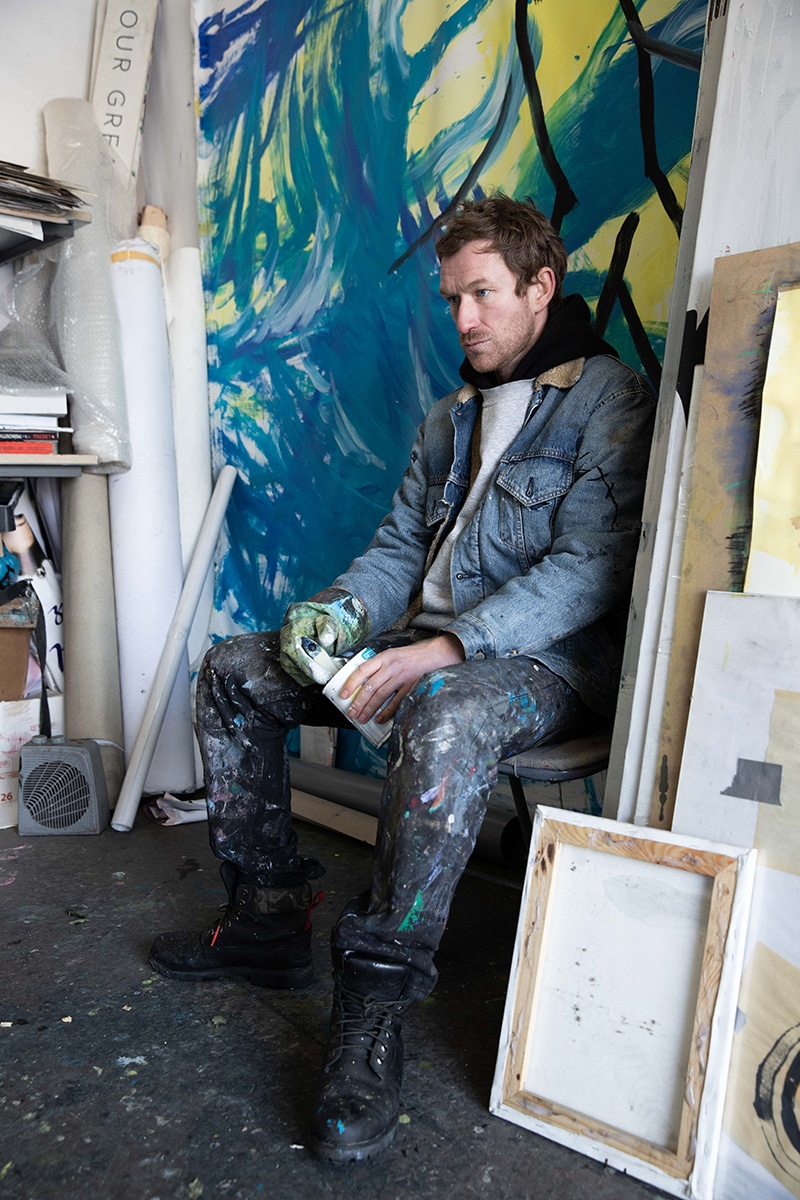
What does freedom mean to you personally?
Freedom is when I can act, when there are no barriers to my actions.
What do you hate most in people?
I dislike fear in people, when people are afraid. I also don’t like it in myself when there is fear, because it’s destructive. And a society where fear exists gets destroyed. Fear is a normal emotion for the body, but when fear is present, a person fades away.
What do you love most, apart from painting?
I don’t know, I love painting. I love exploring nature, walking, traveling, going to different places, and paying attention to things. I love being alone with nature, taking a walk, driving a car—it’s like meditation.
Where do you see yourself in five years?
I’ll be 39 years old. I see myself in a very active phase of creativity. I divide my journey into different stages. The next stage that I would like to enter and realize—I’d like to see myself in five years in a powerful creative surge, in creation, in realization, and in presentation, at an exhibition. It’s really important to me to see and create much more, to feel it and show it to people. In five years, I see myself as an artist who shares his ideas around the world, presenting them, traveling, and gaining experience so that in 10 years I can share this experience in Ukraine.
In which museum or with which famous collectors would you like to see your painting?
I don’t have any specific desire for that. Of course, it’s nice when your works are in some collections or museums, but I haven’t thought about it much. I would rather like people to see the works in the exhibition halls. As for private collections, I can’t really say anything. But as for exhibition halls, they could be any biennales or exhibitions. It doesn’t matter where; the important thing is that there are people who can see them.
Do you believe in fate?
I believe in people, that they can build their own fate, in God, who is inside people. I believe in art. Everyone is searching for their place. I believe that we can build our own fate.
